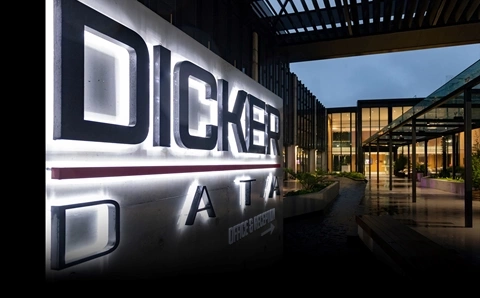According to IBM Websphere A/NZ brand executive, Wes McDonald, this shift towards integration at a business process level is expected to accelerate in 2006 as organisations position themselves to respond quicker to market forces, whether they be regulatory, competitive or new business opportunities.
"In 2006, we will continue to see a shift that builds on basic connectivity and communications within systems towards solutions focused at the business process level," he says. "This is where service-oriented architecture [SOA] is key to ensure clients realise the ability for use, flexibility and a fast response to changing business demands."
For the company’s technical sales manager, Raymond Lambie, this means partners should be taking the necessary measures to ensure their entire technical team and sales force have a clear understanding of SOA. "That’s going to be the framework within which most vendors, IBM and others, will present their integration capabilities to customers over the next couple of years," he says.
According to Dimension Data national business manager application integration, Peter Menadue, 2006 will see some emergence of new hot areas, and some re-emergence of some golden oldies.
"Business process integration and automation will be big in 2006 as people gain even more interest in integrating business processes through IT and tackling the complexity that’s been built into IT over the last few years," he says.
And according to Sun Microsystems’ director of partner sales, Michael May, EAI has already come into its own with consolidation a likely feature of the 2006 landscape. "Five years ago EAI was a pure play/niche provider space with a number of small to mid sized providers in the market," he says. "Today, EAI is mainstream with all the major vendors offering a solution; 2006 is expected to be a year of consolidation of offerings and extension of standards."
E2E Technologies’ vice-president Asia Pacific, Darren Covington, believes EAI projects around automation, middleware platforms and data management will provide opportunities in 2006.
"One of the major forces there is the integration of mainframes, trying to leverage the most out of those already existing investments," he says. "Looking forward, the opportunity will most likely be in the ability to provide a seamless single view of data across the entire organisation."
For WebCentral’s Spicer, 2005 has seen increased demand for its managed applications services from corporate and enterprise clients, with particular emphasis on mail and core custom applications.
"In 2006, we predict that managed applications/ASP space will become more flexible in relation to enterprise application integration, and expect to see less of the 'all or nothing' approach and more “mix and match” solutions," he says.
"This hybrid approach will give customers the control they require while still enabling them to derive business advantages from outsourcing the hosting, backups, storage and maintenance of parts of their technology solution."
According to Spicer, the growth in an application service provider (ASP) model for EAI is creating opportunities for resellers in areas like email, CRM and ERP. "The ASP approach has made these types of applications more affordable not only for big business, but now also more accessible to SMEs, broadening the market for resellers of these types of applications," he says.
"In 2006 we expect to see systems integrators aligning themselves with existing application vendors and identifying up-and-coming applications developers that are looking to transition to an ASP model," he says. "On the SME side, we are expecting a greater take-up of newer applications like CRM, accounting and further penetration of business-grade hosted email."






_(11).jpg&h=142&w=230&c=1&s=1)



.jpg&w=100&c=1&s=0)
_(8).jpg&w=100&c=1&s=0)







.jpg&q=95&h=298&w=480&c=1&s=1)





